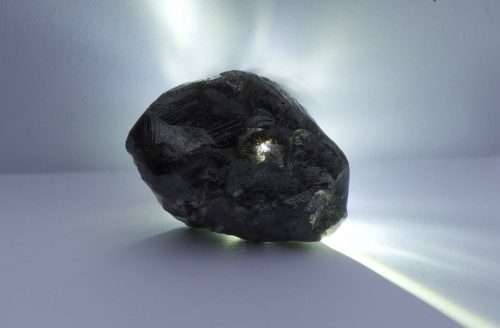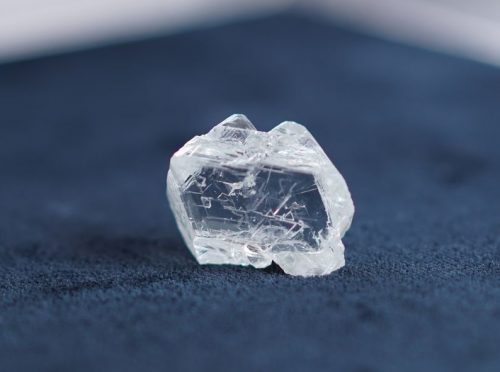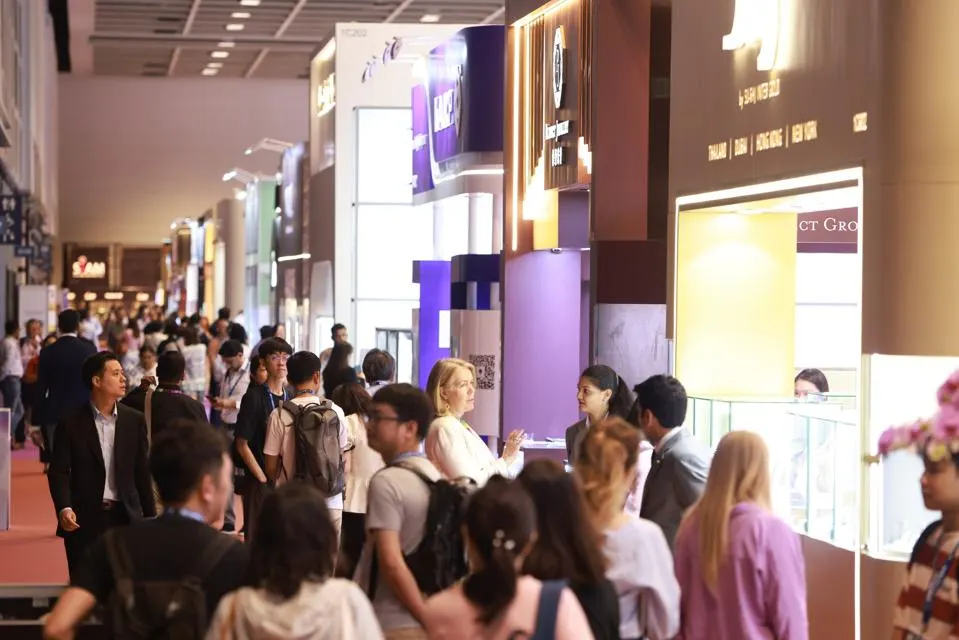
The opaque diamond trade may be ripe for disruption.
Lucara Diamond, which recently found the second-largest diamond in history in Botswana, is taking on industry giants such as De Beers and Alrosa PJSC with an online platform to replace the current physical auctions.
The service allows Lucara to match buyers’ requirements, not only saving jewelers the trouble of traveling to Botswana but also ending the practice of buying stones by the bucket. They typically can only use some, and then have to sell the rest on the secondary market.
“For the first time ever, manufacturers buy only what they want, they don’t have to carry all this extra inventory,” Eira Thomas, Lucara’s chief executive officer, said in an interview in Stockholm. “The large integrated jewelry companies don’t want to be in the business of secondary trading. They’re just trying to source diamonds for their own products.”
In a series of trials, Vancouver, Canada-based Lucara claims that prices were 8 percent over Lucara’s traditional market price. It’s now trying to bring other independent producers on board, with the aim of moving at least a portion of the $18 billion annual diamond trade onto its site called Clara.
Whether Lucara will be able to attract major producers to use its system remains to be seen. De Beers, the world’s biggest diamond producer, is famous for its tight control over the diamond market and has relied on its own system of selling gems for decades.
“If we can get to $1.5 billion transacted through the platform, the cash flow we generate from Clara will be as important as the cash flow we generate from the mine,” Thomas said. “We’re taking baby steps right now, but each quarter we’ll report, we expect the volume to increase.”
Clara incorporates blockchain technology, which is seen as a promising avenue for an industry that has been plagued by ethical problems, including the trade in so-called “blood diamonds” used to finance armed conflicts. Lucara is far from the only miner who has seen the benefits of the digital ledger in guaranteeing the provenance of its product.
De Beers has launched Tracr, a platform aiming to increase the traceability of diamonds using blockchain. That pilot program was joined by Russia’s Alrosa, another giant in the business, in October last year.
Lucara’s Clara uses similar technology, but its main purpose is to match buyers and sellers. While it’s difficult to judge Clara in an early stage, Ola Sodermark, an equity analyst at Kepler Cheuvreux, sees potential in the initiative. The key is to get more producers to join the platform, he said.
“Lucara’s own volumes aren’t sufficient to make this fly,” he said. “The question is whether they’re too early with this technology, or if the market is ready for it.”
Lucara was founded by Thomas in 2007, together with Catherine McLeod Seltzer and current chairman Lukas H. Lundin, whose family oversees a commodities empire that includes stakes in oil, gold and solar power across the globe. The Lundin family holds an 18 percent stake in the company through the investment company Nemesia Sarl.
Source: DCLA




